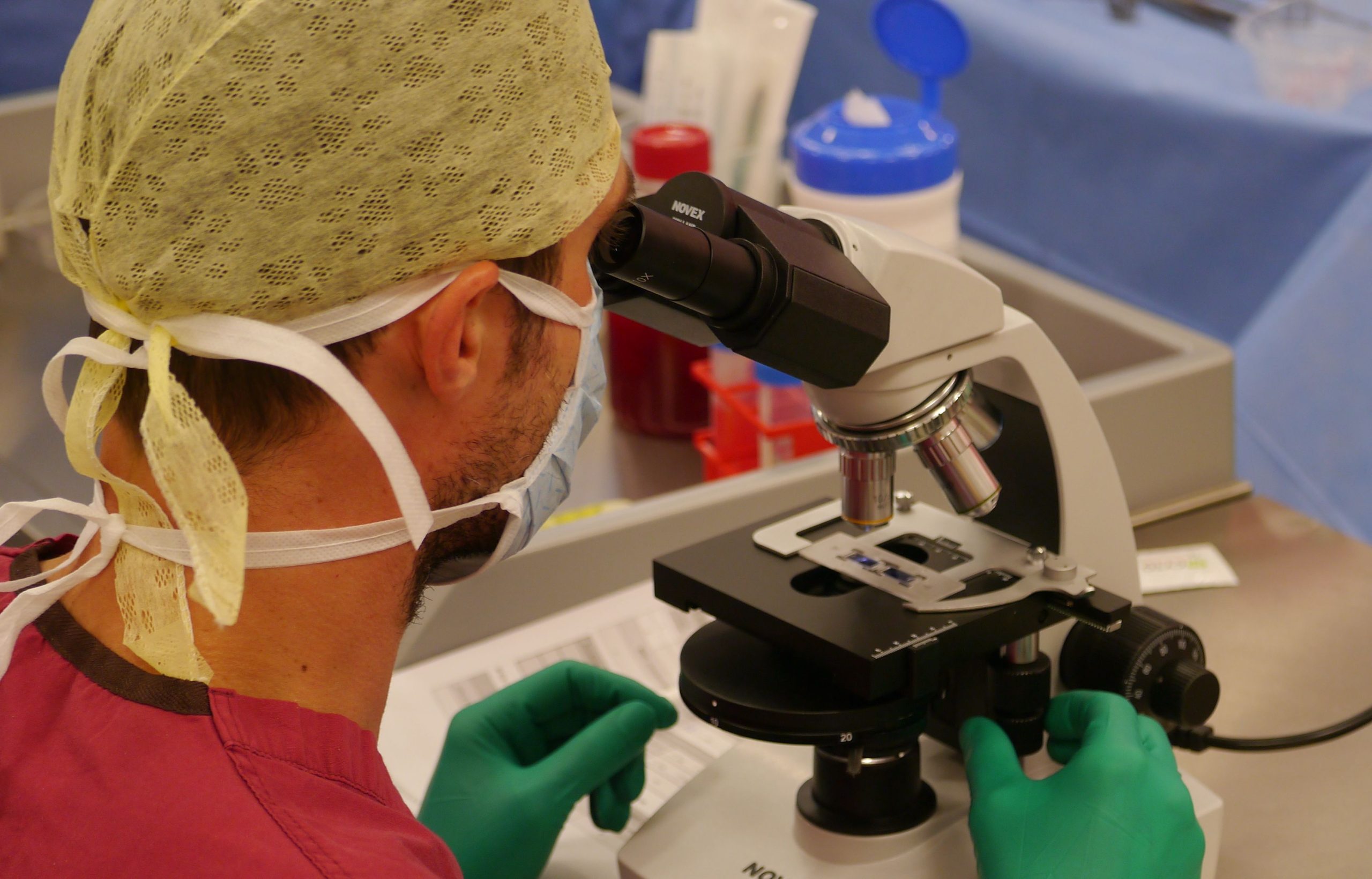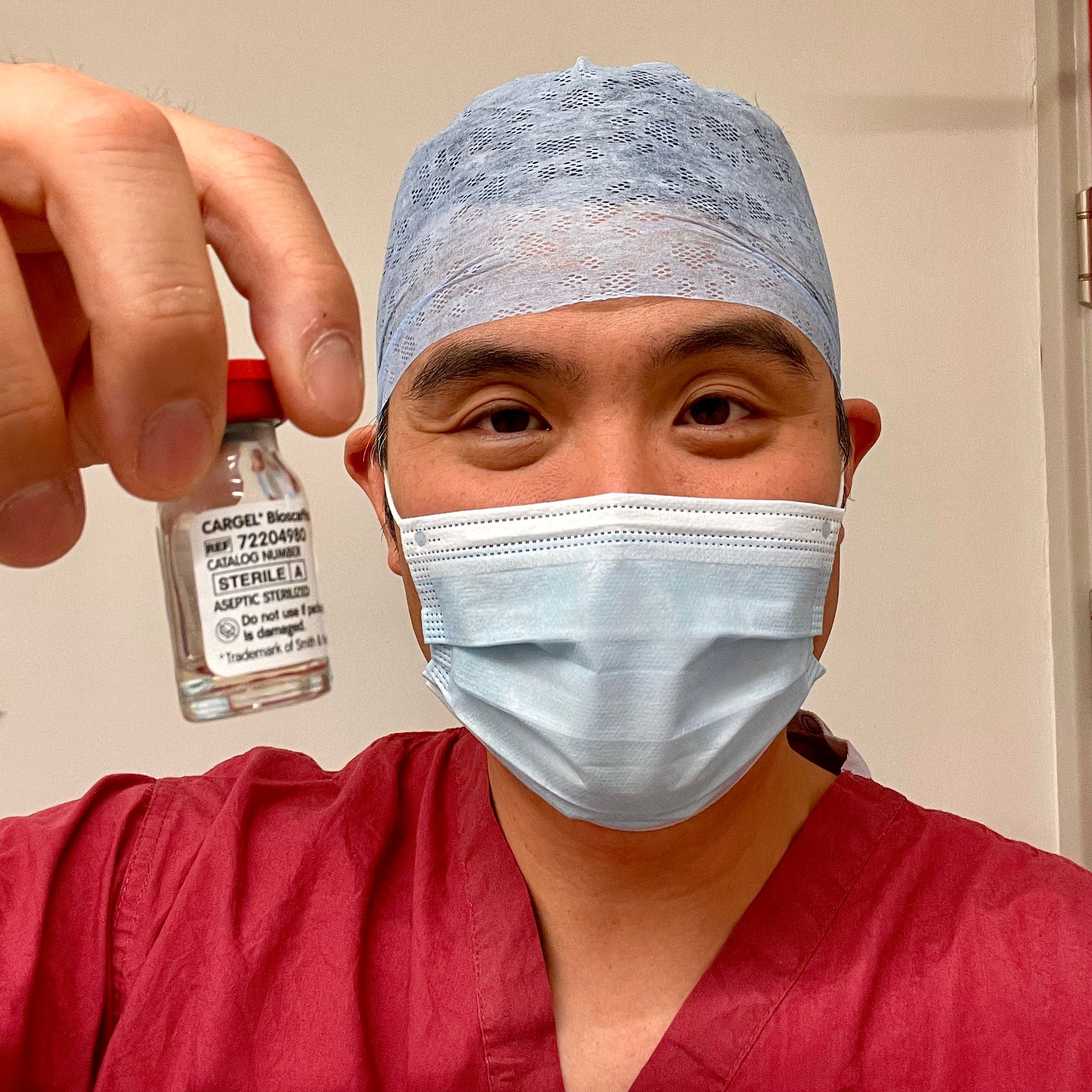Liquid Cartilage Replacement
Liquid cartilage replacement is replacing the cartilage in a liquid form. Traditionally when we were replacing cartilage it entailed open surgery. However, when the new technology came along with liquid cartilage replacement, it can be done using minimally invasive keyhole surgical techniques. What we are trying to do with liquid cartilage replacement is to find a defect within the cartilage, freshen that defect and replace it with this liquid which will cure the defect within the joint. Once that is cured, new cartilage will grow onto the liquid to form new cartilage.
Benefits of Undergoing Liquid Cartilage Replacement
Liquid cartilage replacement is a minimally invasive surgery. It will replace and regenerate the cartilage defect within the joint. The benefit of it is once the cartilage replaces, it will regenerate and regrow and it will become a part of yourself. It will then renew, regenerate and reduce the wear around the joint. In a way, it will halt and turn back the arthritis process. It is very beneficial as it is a minimally invasive surgery. However, the candidate who is suitable for liquid cartilage replacement is limited. It is very important to seek expert advice and an MRI scan to identify whether you are the right candidate for it.
. Book Online


